Click here and press the right key for the next slide.
(This may not work on mobile or ipad. You can try using chrome or firefox, but even that may fail. Sorry.)
also ...
Press the left key to go backwards (or swipe right)
Press n to toggle whether notes are shown (or add '?notes' to the url before the #)
Press m or double tap to slide thumbnails (menu)
Press ? at any time to show the keyboard shortcuts
Task Co-Representation
motor
task co-representation
(Atmaca, Sebanz, & Knoblich, 2011)
evidence for task co-representation?

redrawn from Eriksen & Eriksen (1974, p. figure 1)
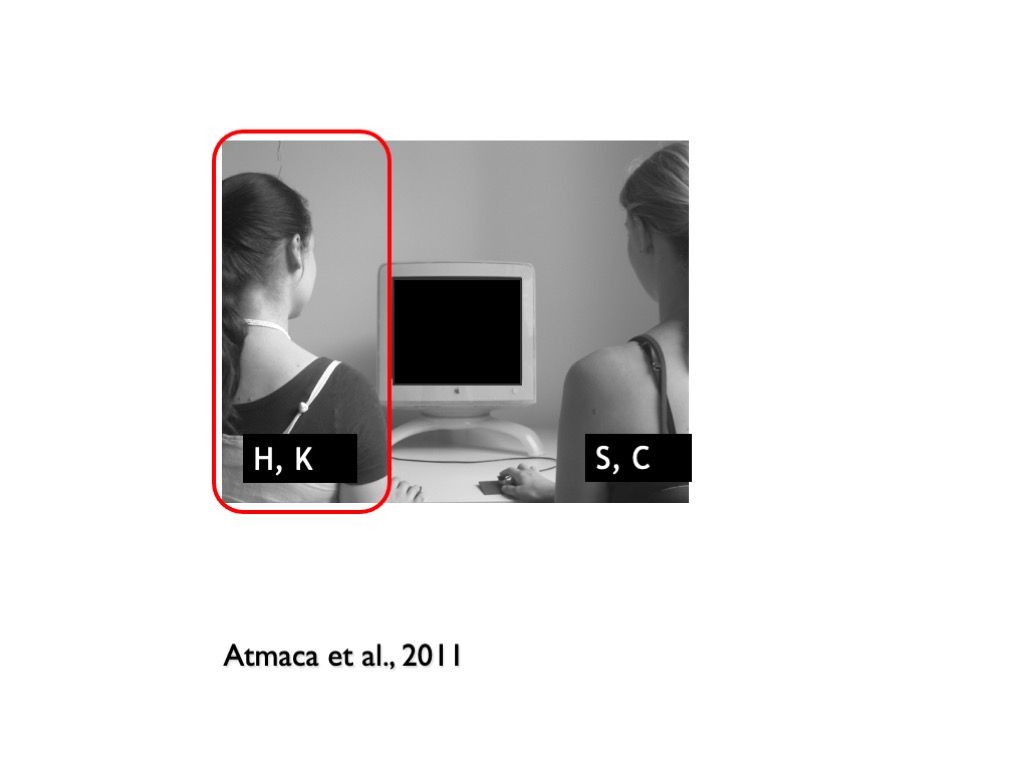
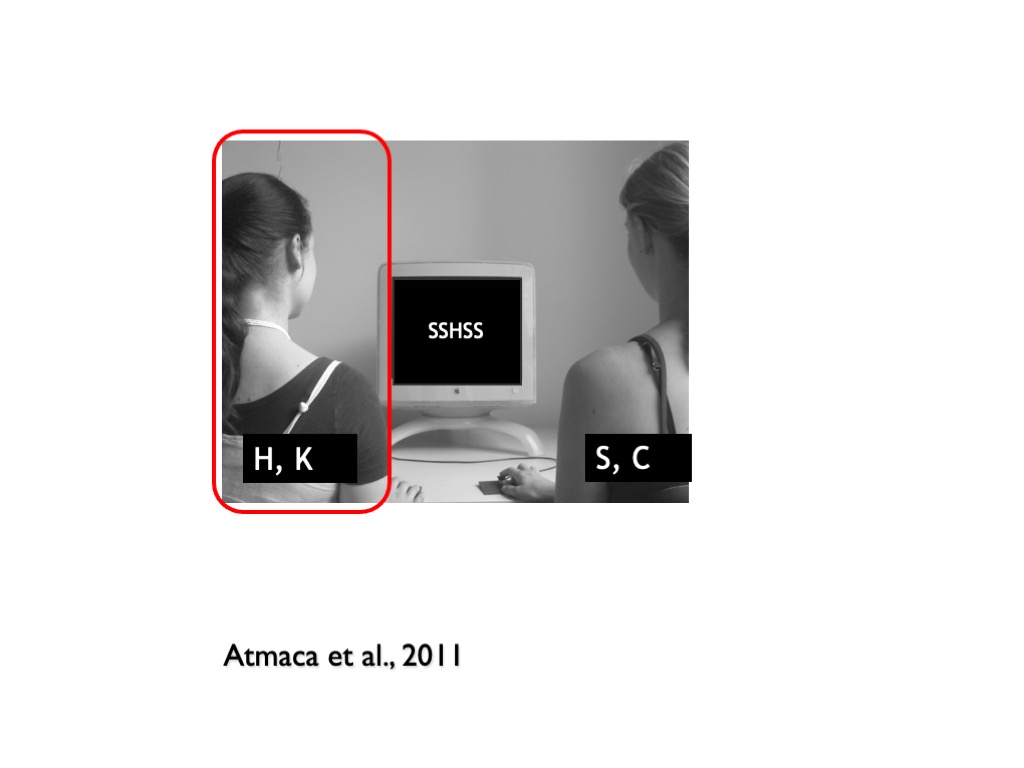
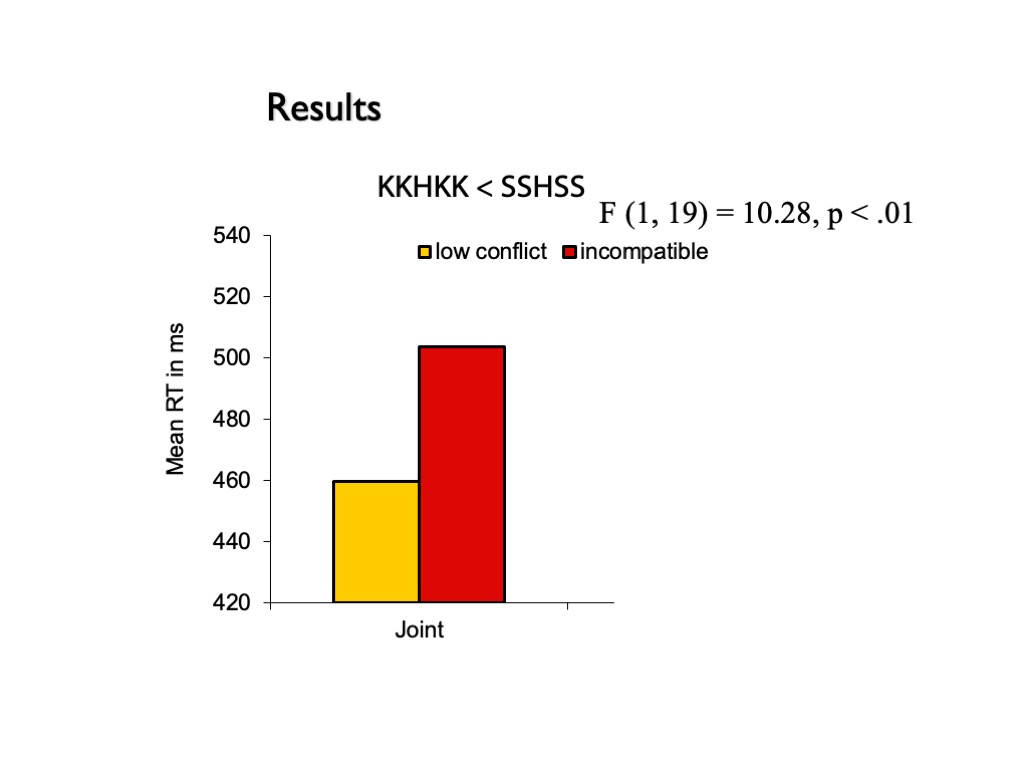

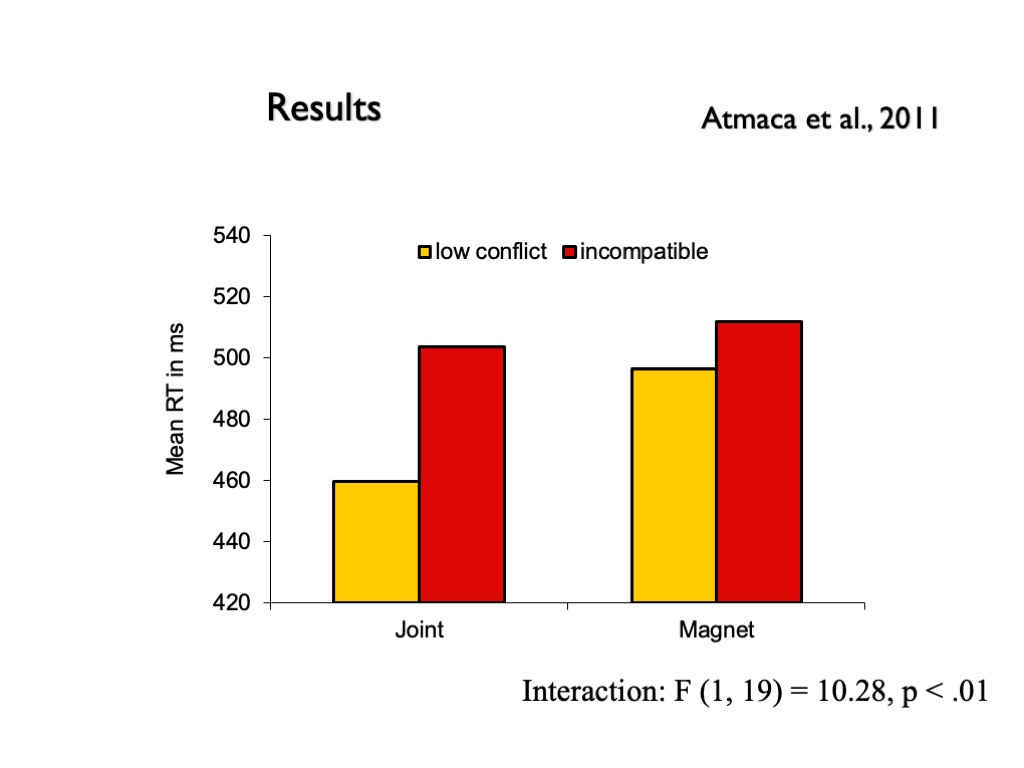
but ...
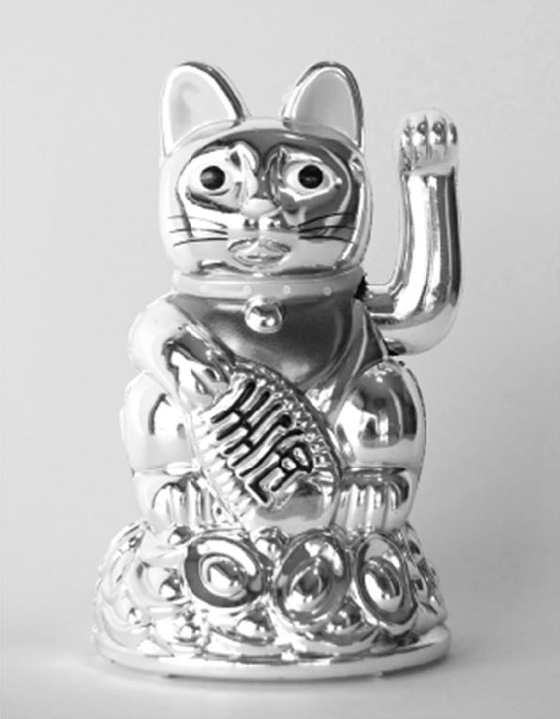
Dolk, Hommel, Prinz, & Liepelt (2014, p. figure 2c)
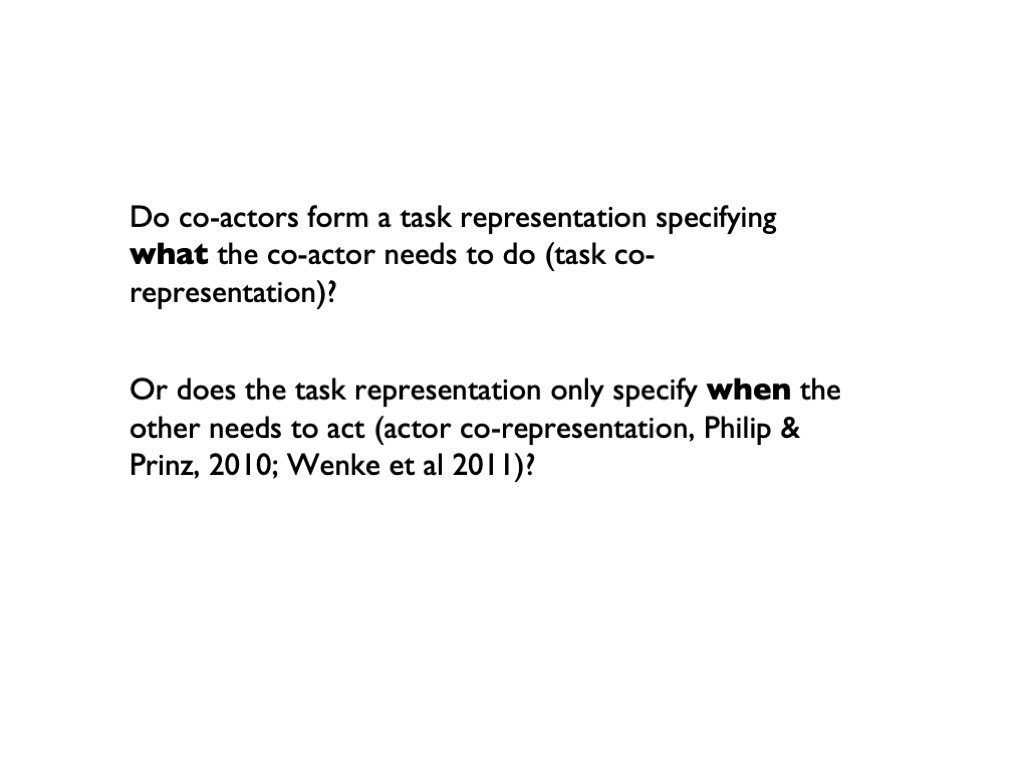
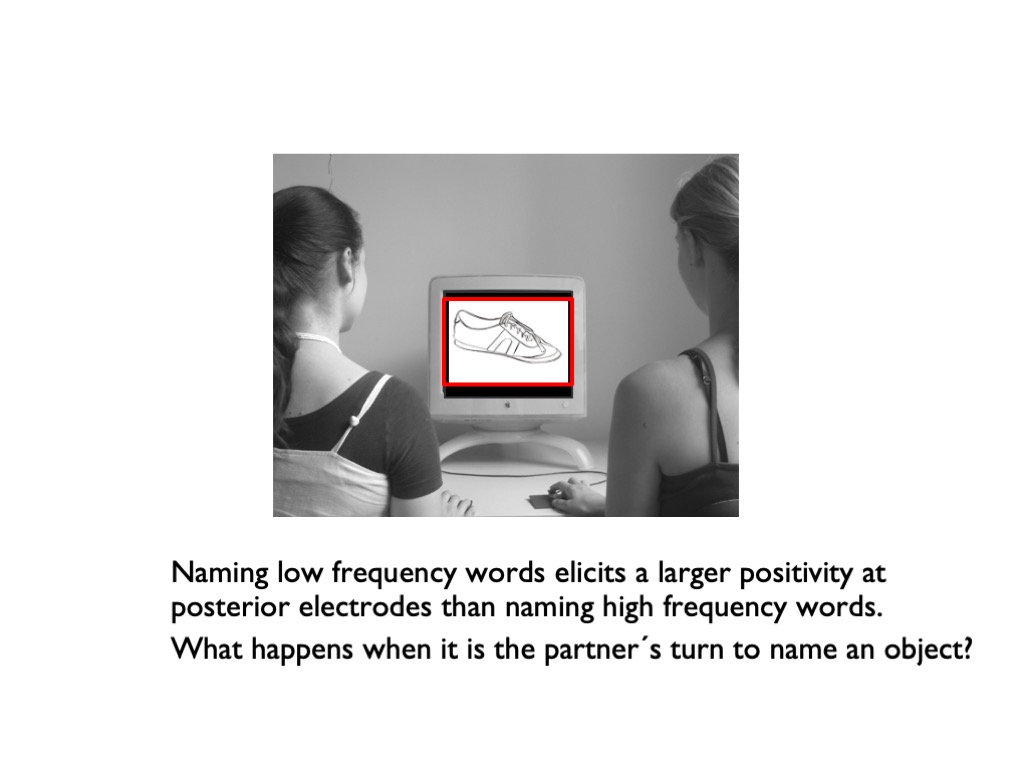
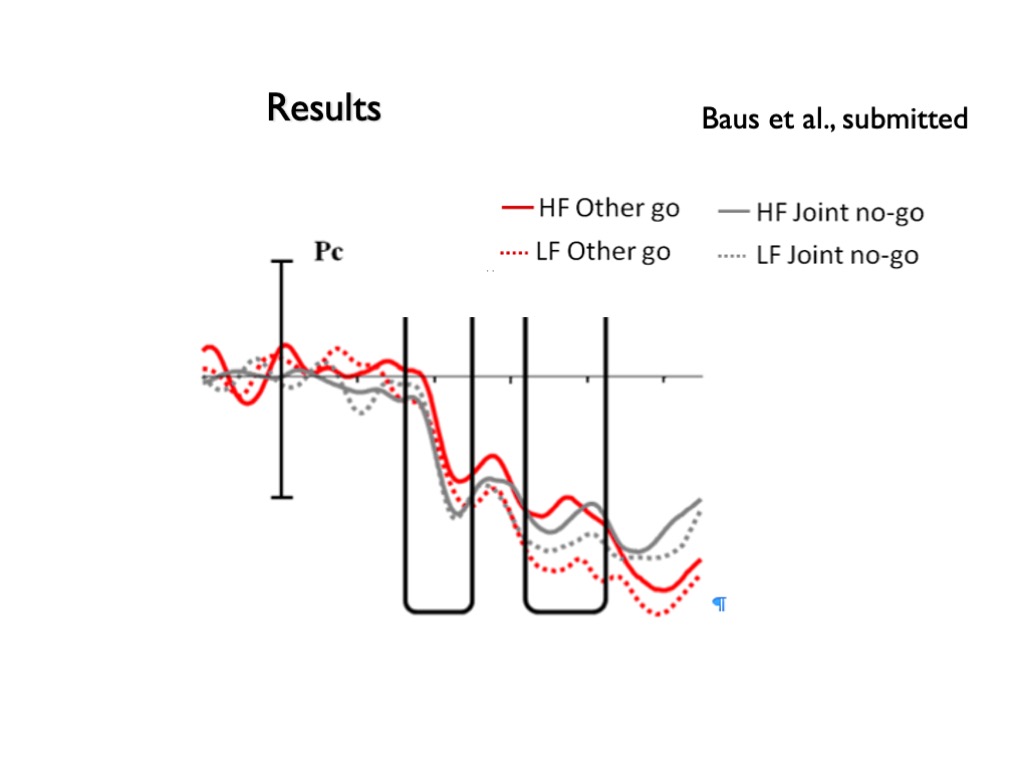
task co-representation
In joint action, your habits are my habits
... which is bad rather than good for coordination !?
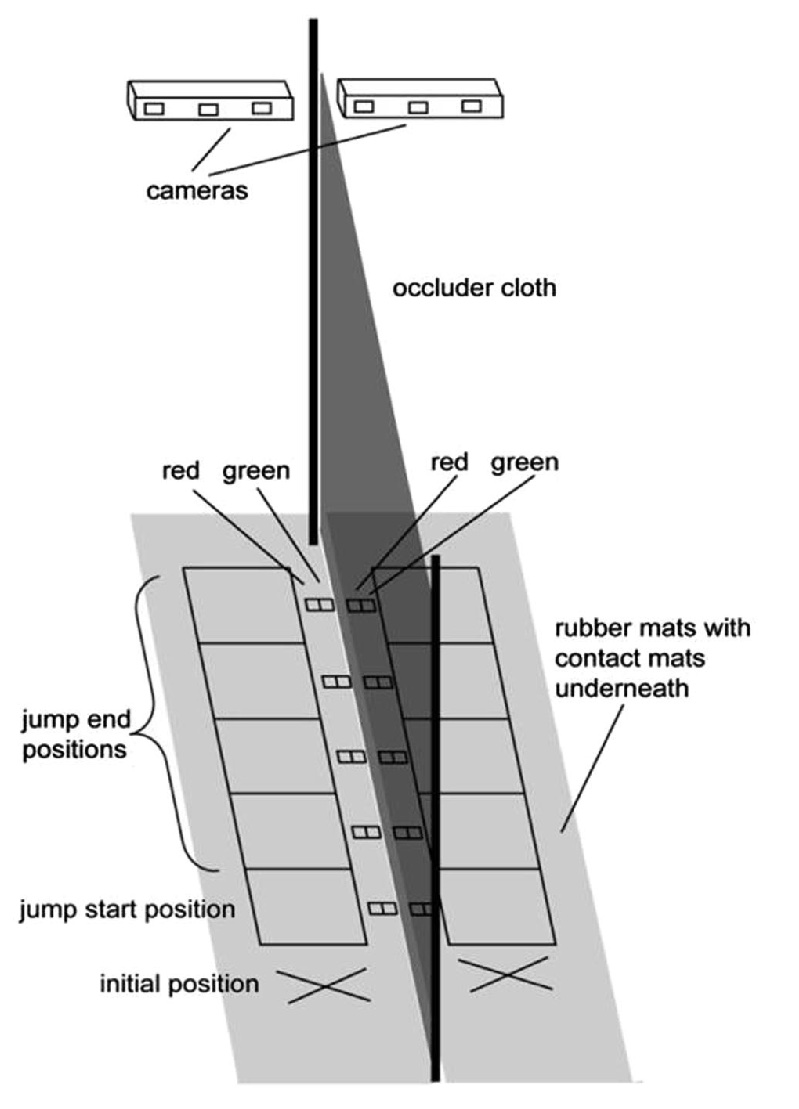
(Vesper, Wel, Knoblich, & Sebanz, 2013, p. figure 1a)
‘Participants with the shorter distance to cover jumped longer, higher, and farther, the longer the distance to be covered by their partner was.’
(Vesper et al., 2013, p. 12)
task co-representation
In joint action, your habits are my habits
... which is bad rather than good for coordination!?
individual action
joint action
intentions
vs motor representations of outcomes
shared intentions
vs motor representations of collective goals
goal-directed
vs habitual processes
coordinated planning
vs task co-representations
individual and joint
integration challenges and interface problems